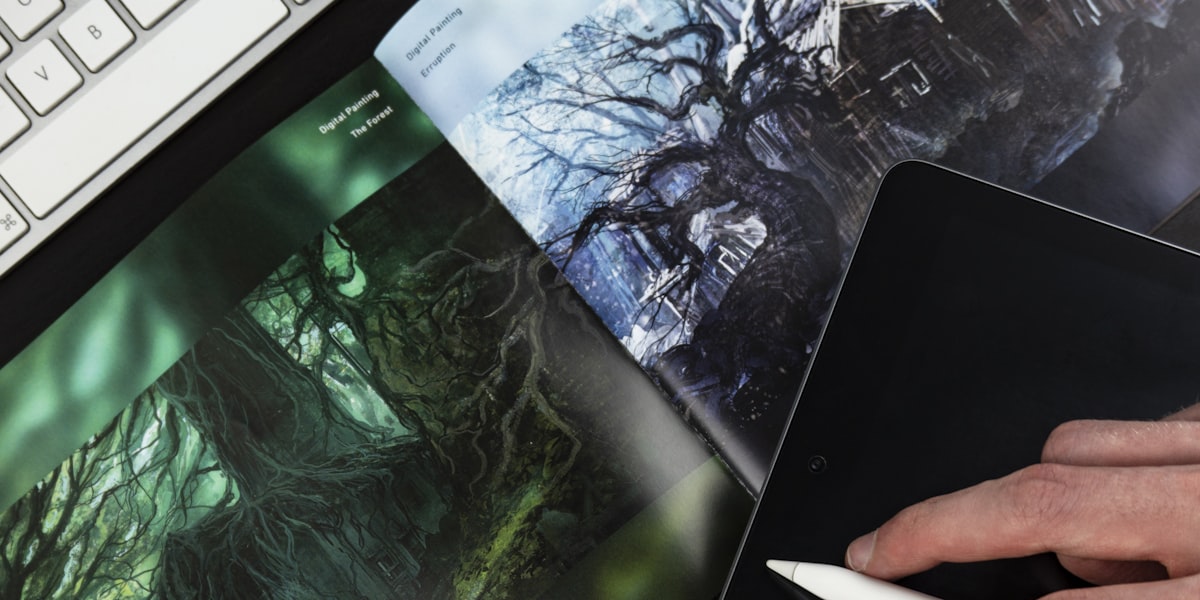User Experience Design: Creating Memorable Digital Experiences

User Experience Design: Creating Memorable Digital Experiences
User Experience (UX) design has evolved from a nice-to-have to a critical component of successful digital products. In today's competitive landscape, creating memorable and effective user experiences is essential for engaging users, building loyalty, and driving business success.
Understanding User Experience Design
What is UX Design?
UX design is the process of creating products that provide meaningful and relevant experiences to users. It involves the design of the entire process of acquiring and integrating the product, including aspects of branding, design, usability, and function.
The Elements of UX
- Strategy: Business objectives and user needs
- Scope: Functional specifications and content requirements
- Structure: Interaction design and information architecture
- Skeleton: Interface, navigation, and information design
- Surface: Visual design
The UX Design Process
1. Research and Discovery
Understanding users and their needs is the foundation of effective UX design:
- User Research: Interviews, surveys, and observation
- Competitive Analysis: Evaluating similar products
- Stakeholder Interviews: Understanding business goals
- Data Analysis: Reviewing existing user data
2. Analysis and Planning
Synthesizing research findings into actionable insights:
- User Personas: Representations of key user types
- User Journeys: Mapping the user's path through the product
- Information Architecture: Organizing and structuring content
- Feature Prioritization: Determining what to build first
3. Design and Prototyping
Creating the solution based on research and planning:
- Sketching: Quick, low-fidelity visualizations
- Wireframing: Basic structural layouts
- Prototyping: Interactive models of the solution
- Visual Design: Applying brand identity and visual elements
4. Testing and Validation
Ensuring the design meets user needs and business goals:
- Usability Testing: Observing users interacting with the product
- A/B Testing: Comparing different design solutions
- Accessibility Testing: Ensuring the product works for all users
- Performance Testing: Evaluating technical performance
5. Implementation and Iteration
Bringing the design to life and continuously improving:
- Developer Handoff: Providing specifications and assets
- Quality Assurance: Ensuring the implementation matches the design
- Analytics Integration: Setting up measurement tools
- Continuous Improvement: Iterating based on feedback and data
Key Principles of Effective UX Design
User-Centered Design
Placing users at the center of the design process:
- Empathy: Understanding user needs, goals, and pain points
- Inclusivity: Designing for diverse user groups
- Accessibility: Ensuring usability for people with disabilities
- Context Awareness: Considering when, where, and how the product will be used
Simplicity and Clarity
Making the product easy to understand and use:
- Minimalism: Removing unnecessary elements
- Clear Hierarchy: Guiding users through visual hierarchy
- Consistent Patterns: Using familiar interaction patterns
- Progressive Disclosure: Revealing information as needed
Feedback and Affordance
Communicating with users through the interface:
- Visual Feedback: Confirming actions and status
- Clear Affordances: Making it obvious how to interact
- Error Prevention: Helping users avoid mistakes
- Recovery Options: Making it easy to undo actions
Efficiency and Flexibility
Balancing efficiency for frequent users with learnability for new users:
- Shortcuts: Providing efficient paths for experienced users
- Personalization: Allowing customization to individual preferences
- Adaptive Interfaces: Adjusting to user behavior over time
- Multi-Device Support: Consistent experience across devices
Measuring UX Success
Quantitative Metrics
Numerical measurements of user experience:
- Task Success Rate: Percentage of users who complete tasks
- Time on Task: How long it takes to complete actions
- Error Rate: Frequency of user mistakes
- Conversion Rate: Percentage of users who take desired actions
Qualitative Metrics
Subjective assessments of user experience:
- Satisfaction Ratings: How users feel about the experience
- Net Promoter Score (NPS): Likelihood to recommend
- System Usability Scale (SUS): Standardized usability measurement
- User Feedback: Direct comments and suggestions
Emerging Trends in UX Design
Voice User Interfaces (VUI)
Designing for voice-based interactions:
- Conversational Design: Creating natural dialogue flows
- Voice Personas: Developing consistent voice personalities
- Multimodal Interfaces: Combining voice with visual elements
Immersive Experiences
Designing for AR, VR, and mixed reality:
- Spatial Design: Considering 3D space and movement
- Gesture Interactions: Designing for natural body movements
- Environmental Context: Integrating with physical surroundings
AI-Enhanced UX
Leveraging artificial intelligence to improve experiences:
- Predictive UX: Anticipating user needs
- Adaptive Interfaces: Changing based on user behavior
- Automated Personalization: Tailoring experiences at scale
Conclusion
User experience design is both an art and a science, requiring a deep understanding of human behavior, business goals, and technological possibilities. By following a structured process, applying key principles, and continuously measuring and iterating, designers can create digital experiences that are not just usable but truly memorable.
In an increasingly digital world, the quality of user experience often determines the success or failure of products and services. Investing in UX design is no longer optional—it's essential for any organization that wants to create meaningful connections with its users and achieve sustainable business success.
Related Articles
You might also be interested in these articles

Designing for Accessibility: Best Practices for Inclusive Web Design
Learn how to create web experiences that are accessible to all users, including those with disabilities, and why accessibility is essential for modern websites.
Stay Updated
Subscribe to our newsletter to receive the latest articles, tutorials, and updates directly in your inbox.
